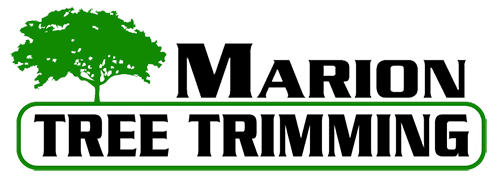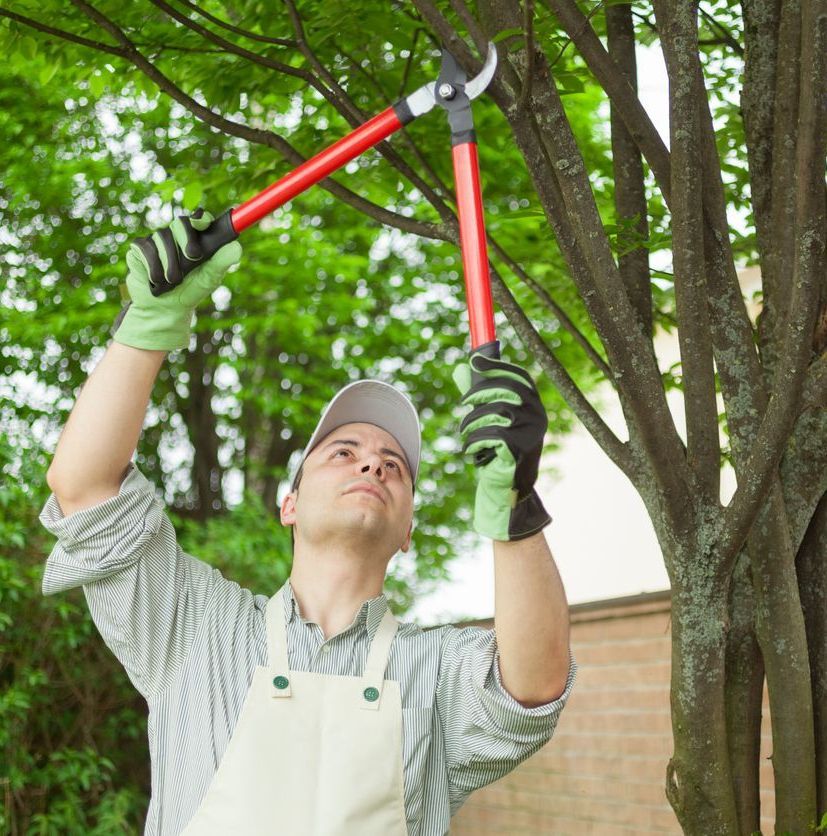Tree Service 101: Pre & Post Storm Tips
Tree Service 101: Pre & Post Storm Tips
Storms can be unpredictable, and their powerful winds and heavy rains pose a significant threat to our properties. While we often focus on securing outdoor furniture and boarding up windows, one of the largest and potentially most hazardous elements on your property is often overlooked: your trees. A falling limb or an uprooted tree can cause catastrophic damage to your home, vehicles, and power lines.
This guide provides a complete overview of storm preparation and recovery for your trees. We will cover the essential steps you should take before a storm arrives to minimize risk and what to do afterward to safely clean up and care for your trees. Following these tips can help protect your property and preserve the health and beauty of your landscape.
Before the Storm: Proactive Tree Care is Key
The best way to handle storm damage is to prevent it from happening in the first place. Healthy, well-maintained trees are far more likely to withstand high winds and heavy precipitation. Here’s how you can prepare.
Conduct a Pre-Storm Tree Inspection
Take a walk around your property and carefully inspect your trees. You don’t need to be a certified arborist to spot obvious signs of trouble. Look for:
- Dead or Broken Branches: These are often dry, brittle, and lack leaves. They are among the first things to break off in a storm.
- Cracks or Splits: Deep cracks in the trunk or major limbs indicate a structural weakness that could cause the tree to fail under stress.
- Leaning: If a tree is suddenly leaning, especially after a period of rain, its root system may be compromised.
- Signs of Disease or Decay: Look for mushrooms growing on the trunk or roots, hollow areas, or large wounds that don't seem to be healing. These are all signs of internal decay.
If you notice any of these issues, it’s a good idea to consult a professional tree service for an expert opinion.
The Importance of Strategic Pruning
Pruning is one of the most effective ways to prepare your trees for a storm. By selectively removing certain branches, you can improve the tree's structure and reduce the risk of failure.
Thinning the Canopy
A dense canopy acts like a sail, catching the wind and placing immense stress on the trunk and roots. By thinning out the canopy, you allow wind to pass through the tree more easily. A professional service can identify which branches to remove without harming the tree's overall health. This process, known as "crown thinning," reduces wind resistance and lessens the load on major limbs.
Removing Weak and Damaged Limbs
Focus on removing branches that are already dead, weak, or damaged. Also, look for branches that are rubbing against each other or crossing, as these can create weak points over time. Proper pruning not only makes your trees safer but also promotes healthier growth.
After the Storm: Safety and Recovery
Once the storm has passed and it is safe to go outside, your priority should be assessing the damage and ensuring the area is secure.
Safety First: Initial Assessment
Before you begin any cleanup, survey your property from a safe distance. Be extremely cautious and look for:
- Downed Power Lines: Never approach a downed or sagging power line. Assume it is live and dangerous. Contact your utility company immediately and keep everyone far away from the area.
- Hanging Branches: Look up! Branches that have broken but are still lodged in the tree (often called "widowmakers") are incredibly dangerous and can fall without warning.
- Leaning Trees: A leaning tree could be unstable and fall at any moment. Mark off the area and prevent anyone from going near it.
- Uprooted Trees: The root plate of an uprooted tree can be unstable and may shift unexpectedly.
If you encounter any of these major hazards, especially near your home or power lines, do not attempt to handle them yourself. This is a job for trained and insured professionals. Knowing when to call for expert help is crucial for your safety and the long-term health of your trees. Contact a certified arborist or a reputable tree service company if you see:
- Large fallen limbs, especially those on your roof or vehicle.
- Trees that have fallen on structures or are blocking access.
- Any tree that is leaning or appears unstable.
- Significant damage to the main trunk or major limbs.
- Hanging branches caught high in a tree.
Professional crews have the training, insurance, and specialized equipment—such as cranes and bucket trucks—to handle these dangerous situations safely and efficiently.
We Are Your Partner in Tree Safety; Contact Us Today to Schedule an Appointment!
Your trees are a valuable asset, providing shade, beauty, and value to your property. Taking a proactive approach to tree care is the best defense against storm damage. By performing regular inspections and scheduling professional pruning, you can significantly reduce the risk of property damage and personal injury. And when a storm does hit, remember that safety is the top priority. Assess the situation carefully and don't hesitate to call for professional help to handle dangerous cleanup tasks.
When a storm hits Florida, the aftermath can leave your property in disarray. Fallen trees, scattered branches, and other debris can pose serious safety risks to your home and family. In these stressful times, you need a reliable team that can respond quickly. Marion Tree Trimming provides prompt and professional emergency tree services in Ocala, Belleview, FL, and the surrounding communities. Contact us today to schedule an appointment with a member of our team!


